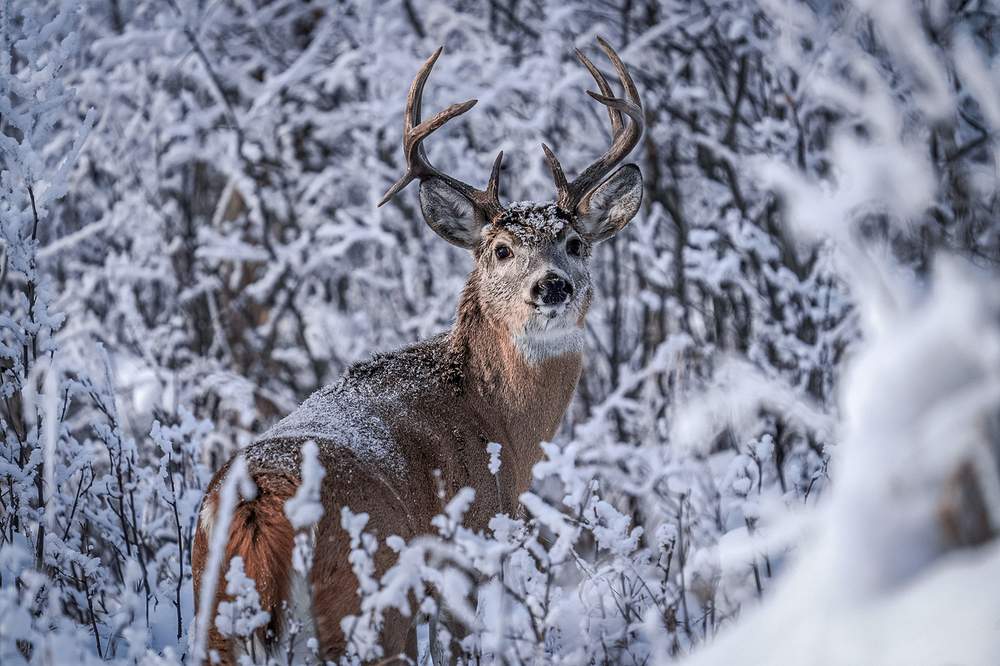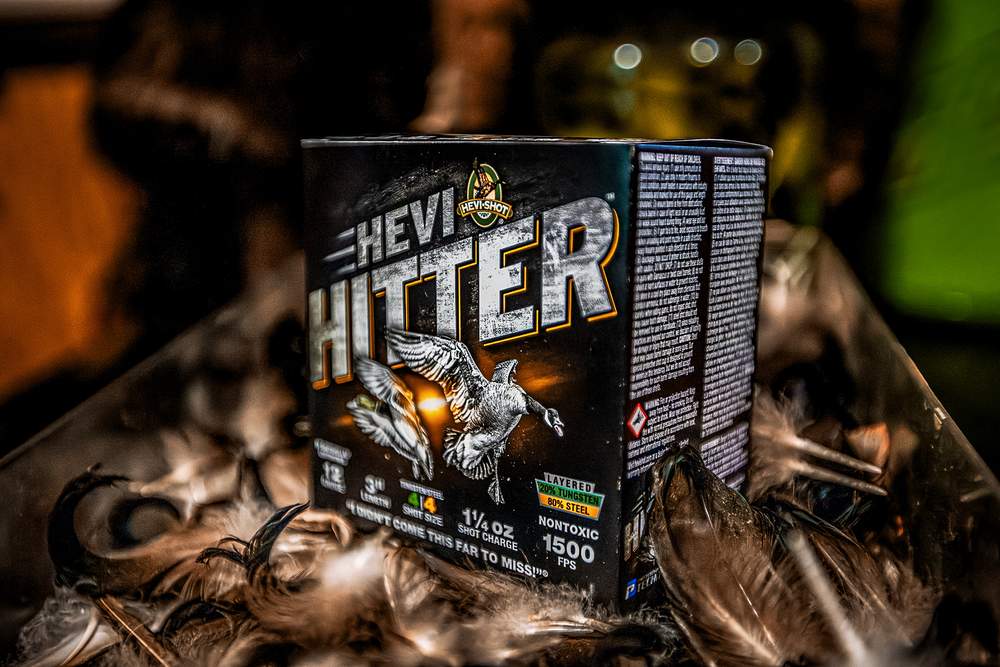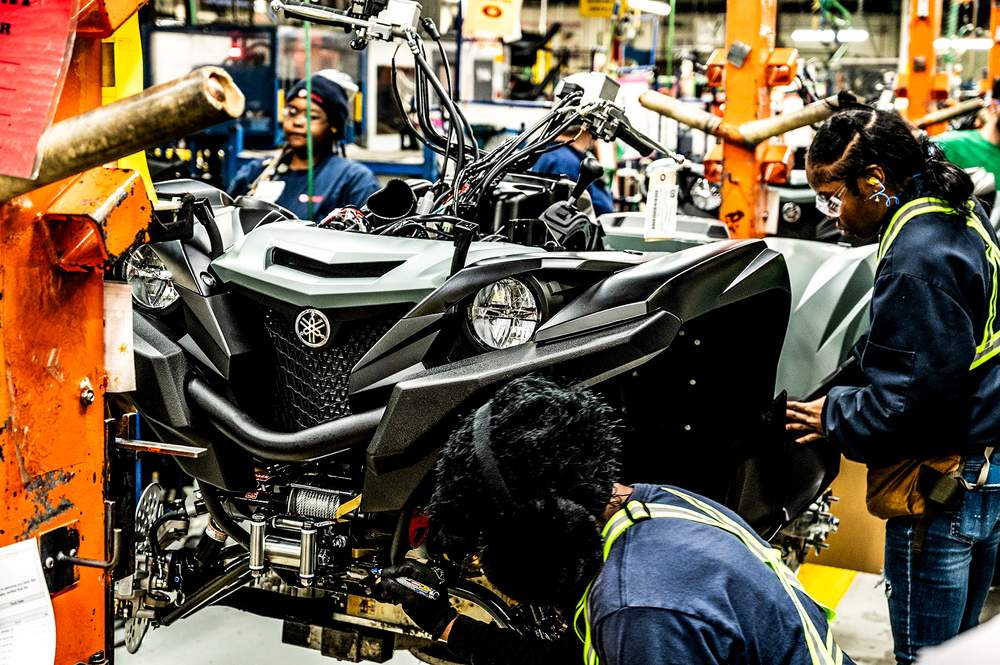When it comes to surviving in some of the toughest conditions nature can dish out, few have the credentials to equal those of John Barklow. After all, Barklow taught wilderness survival to U.S. Navy SEALs: one of the most impressive fighting forces on the planet.
But don’t think Barklow is a one-trick pony. He is currently the Big Game and Whitetail Product Manager for Sitka Gear, and at the time of our interview, he was working on Sitka’s 2027 introductions. He also teaches wilderness survival, collaborates with Montana Knife Company on a survival series for its YouTube page, conducts seminars, maintains a robust website, performs R&D for an archery brand and is finishing up a book on wilderness survival. In his “spare time,” he’s an avid bowhunter and skier.
John Barklow: From SEAL Diving to Full Draw On a Bull Elk
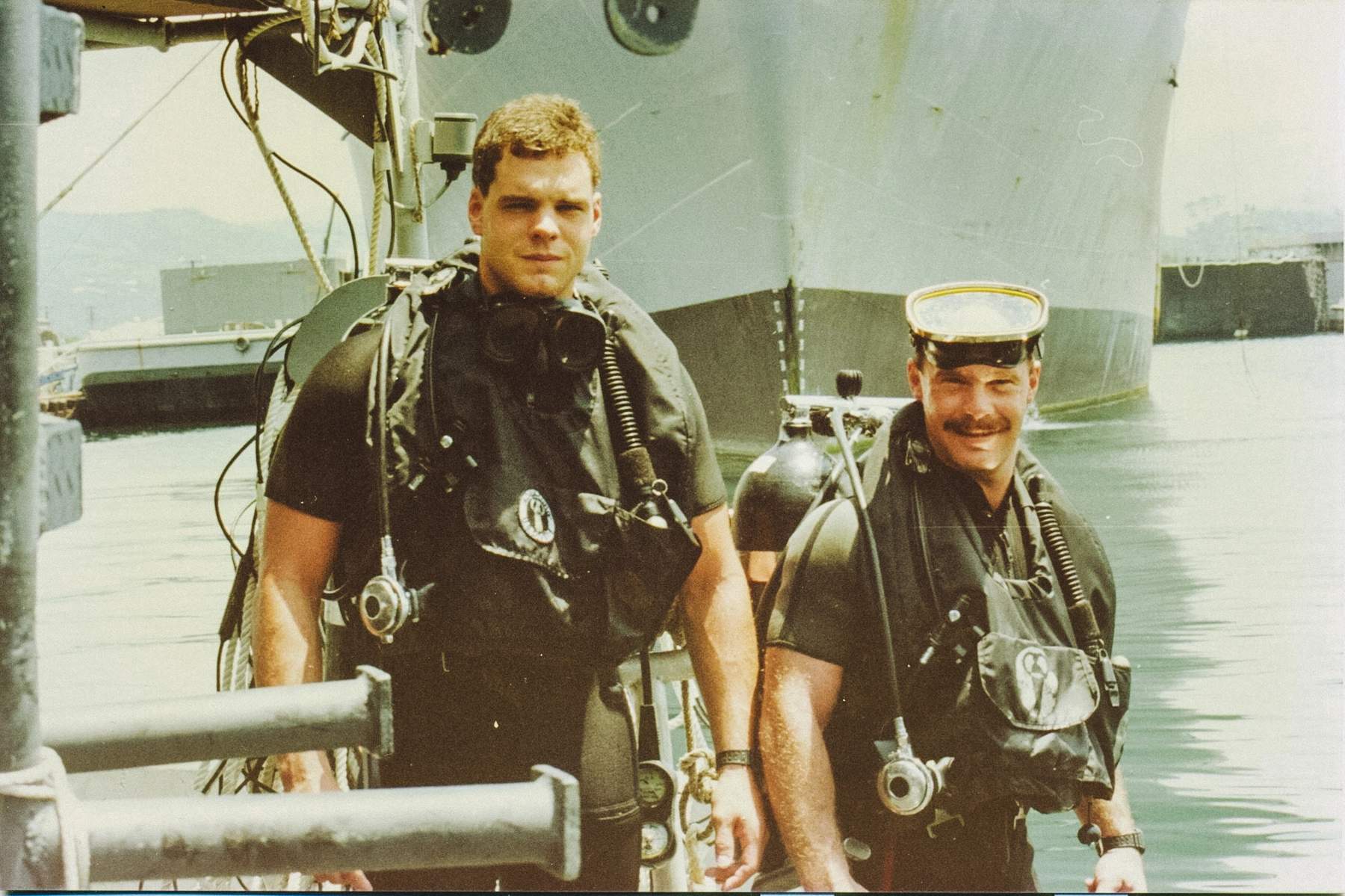
Barklow grew up in the suburbs outside of Cleveland, Ohio, in a family that wasn’t big outdoorsmen. His father hunted a little, but not seriously.
“For whatever reason, I was always drawn to the outdoors, archery hunting specifically, and the military,” he said. “That expanded when I got into high school and got a vehicle. It’s just been something I’ve always wanted to pursue.”
Upon joining the Navy, Barklow became a diver. He was stationed in the Philippines for some time, then went to the Middle East for the first Gulf War.
“If you added up all the hours, it was months and months of my life I had lived underwater just in a few short years,” he said. “So, for the first six years, that’s what I did.”

Soon, Barklow took his first instructor job. Things progressed from there until eventually he was training some of the Navy’s top warfighters on outdoor survival skills.
“How did I go from being a diver to being known as a mountain warfare instructor and cold weather expert?” he said. “I don’t know, but it happened. You’re in the right place at the right time with the right skill set. I like to say I’m still living my childhood dreams.”
Warfighter Training, Outdoor Industry Apparel, and Gear Connection
Of course, everything changed after 9/11. Barklow was one of the select few chosen to revive a cold-weather training facility in Alaska to teach warfighters how to prepare for Afghanistan.
“All the institutional knowledge from the Cold War was gone, all the old ‘winter warriors’ had all retired and all the gear had been degraded,” he said. “We were 20 years behind the outdoor industry in capability and performance.
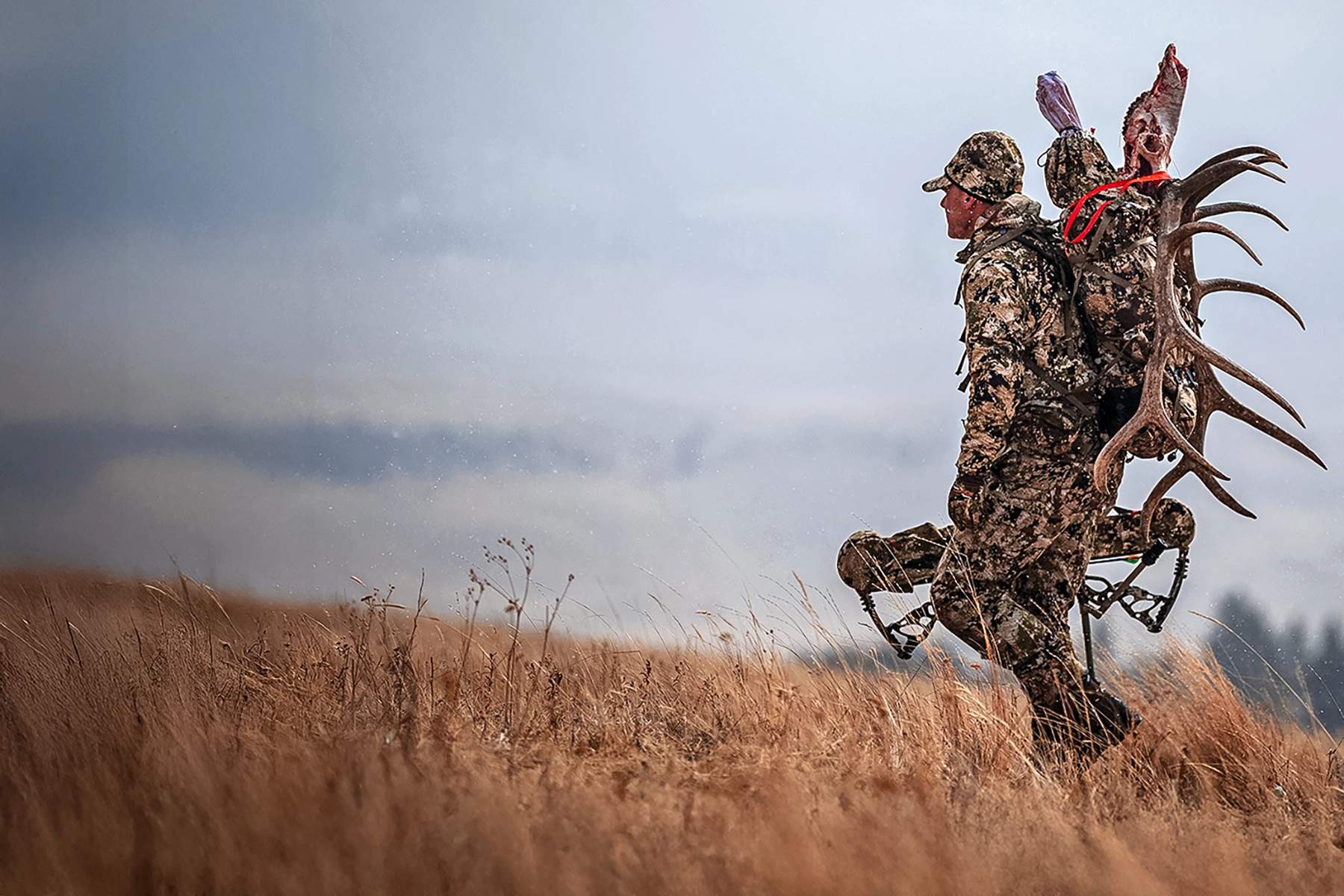
“Over the next couple of years, we were able to work with the best clothing companies, designers, pack manufacturers, the best people in the climbing industry, survival industry, you name it. We built the first technical clothing system for all the special operations called the Protective Combat Uniform or PCU.”
Barklow retired from the Navy in 2008, but continued teaching survival to military members for another six years as a government contractor. When COVID hit, however, things changed for him.
“During COVID, I started my own business because I was working from home and had extra time on my hands,” he said. “I was a little distraught at how some of the people that were representing themselves in the hunting industry were providing information.”
One day, Barklow expressed his frustration at the situation to a buddy, who came up with a quick solution.
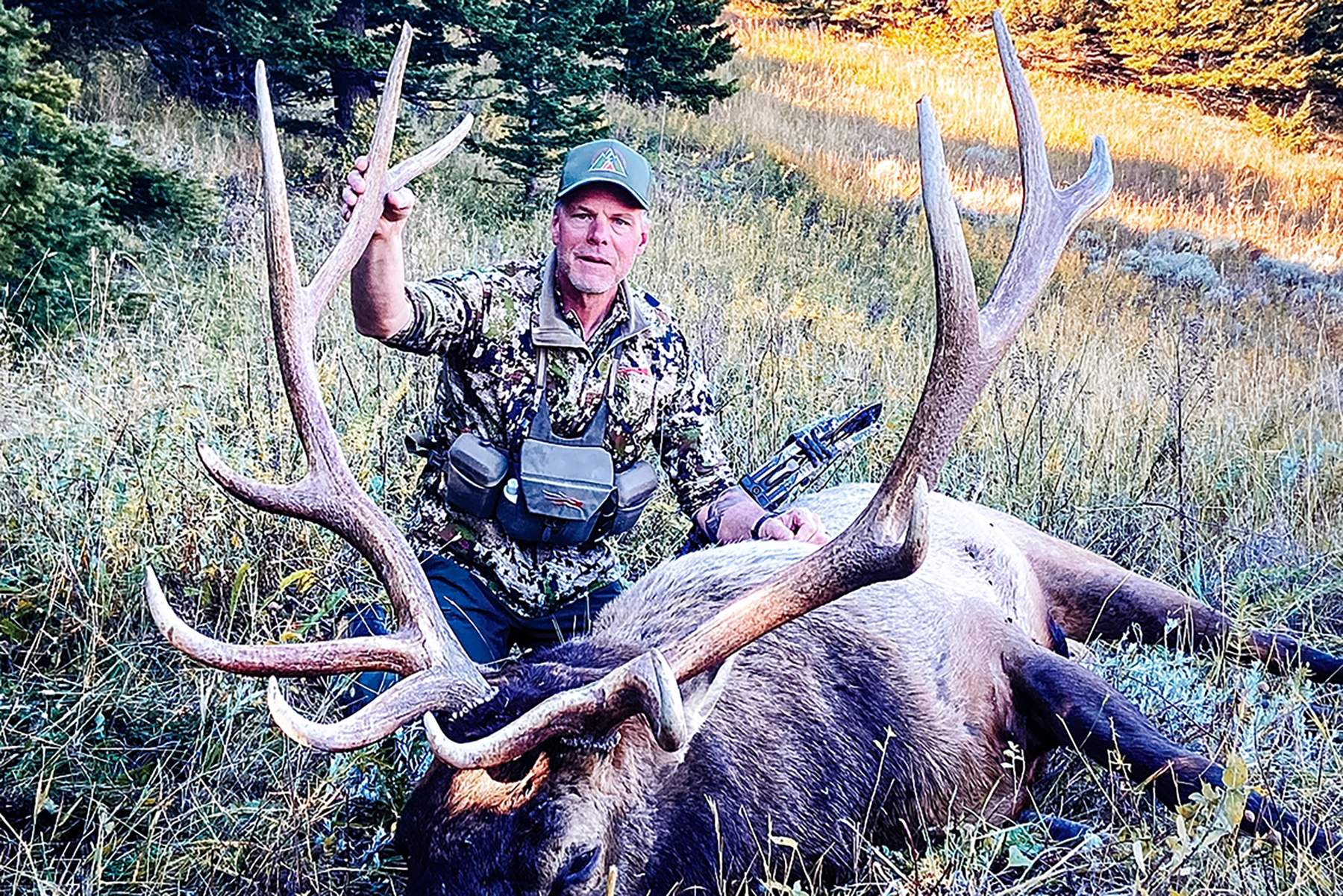
“He said, ‘It sounds like you’ve got the experience that you could counter that narrative,’” Barklow said. “I remember driving home thinking I could do one of three things. I could continue to bitch and do nothing, I could stop bitching and forget about it or I could actually do something about it.
"So, I chose to do something about it. That’s when I started my Instagram account. I try to post one educational type of video a week for people involved and wanting to be involved in anything outdoors.”
John Barklow’s Top Survival Tips
While Barklow’s life story is fascinating, the things he can teach hunters and other outdoorsmen and women that might someday save their lives are equally intriguing.
Tip 1 - Mental Preparation and Vigilance
“I think the first thing is, don’t think it can’t happen to you,” he said. “It can happen to anybody. It can happen to me, it can happen to you, and I think the longer we go out there, it’s not a question of if, but when. Sometimes we get a little complacent.”

Tip 2 - Be Prepared to Manage a Situation
Barklow says, when something bad happens, you have to be prepared to take care of the situation as best you can.
“When it does, it’s completely incumbent on you to manage the situation,” he said. “I think that a lot of times it’s very easy to sit there and go, ‘Well, I’m not going to train. I’m not going to carry X or Y because I’m just going to hit the SOS button.’ And not only do I think that is irresponsible, but I also think it’s impractical.”
Barklow also advises hunters and other outdoorsmen and women to always be prepared to go back to the basics in order to survive whatever ordeal might befall.
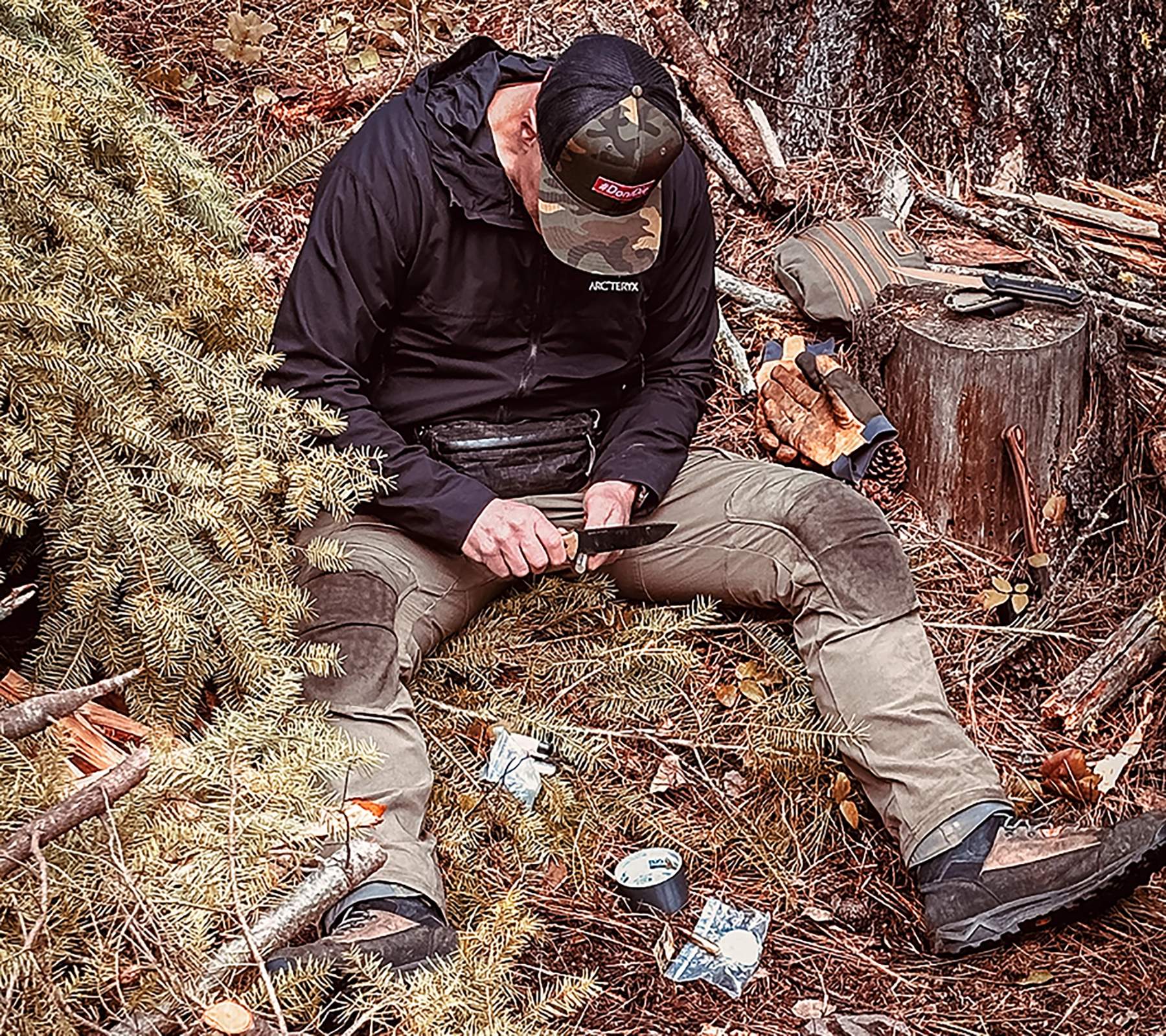
Tip 3 - Understand the Priorities
“You’ve got to understand your survival priorities, train for those survival priorities and make sure that your equipment is capable of taking care of them,” he said. “Then, if it happens in any capacity, it doesn’t have to be, ‘Oh my God, I broke my leg and I’m in the middle of nowhere.’ It could be, ‘Hey, my buddy and I killed an elk at last light in grizzly country and we’re going to process it.
"We’re tired and going to build a fire and sleep next to the meat, not the carcass. We’re going to wait until daylight when we’re better rested and then hike out so that we don’t fall, break a leg and turn an otherwise uncomfortable night into a survival situation.’”
That survival advice leads to a mindset that can help ensure you survive a bad wilderness situation rather than becoming another statistic.
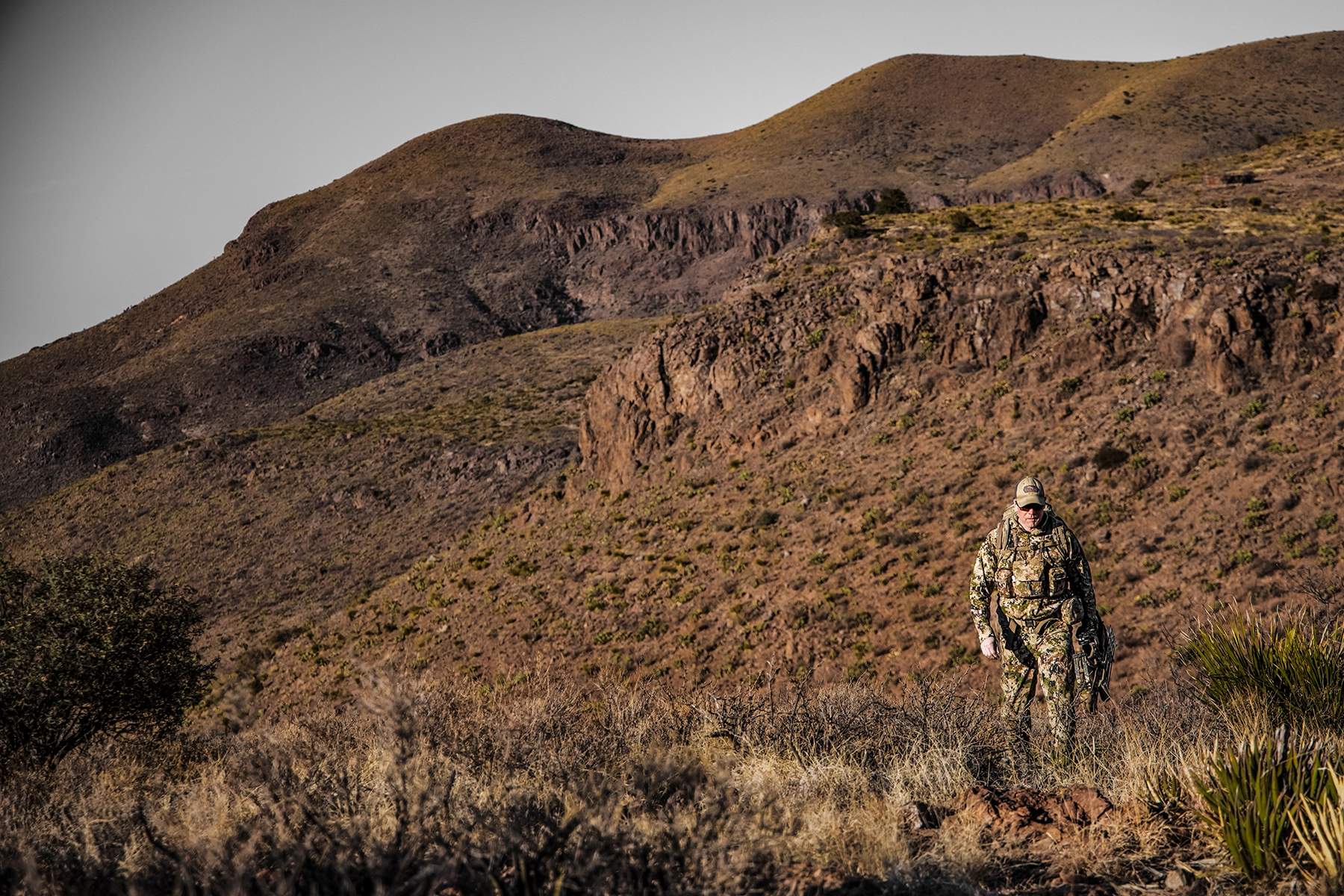
“A positive, confident mindset is imperative,” he said. “We’re all going to make mistakes. As a matter of fact, I make them probably more than most. I’ll make the mistake, I’ll make the bad decision, but I’ll realize it, and I’ve got the mindset, the wherewithal, to understand, ‘OK, I need to break that cycle of poor decisions before this gets out of control.’”
John Barklow’s Advice For New Hunters
As hunting gains popularity and new hunters venture into the woods each year, Barklow offers valuable advice for those looking to start in the sport or elevate their skills.
“The first thing I would say is be patient with yourself,” he said. “If you’re starting a little later in life, I think you have to be patient and understand that this really is a lifelong journey for all of us.
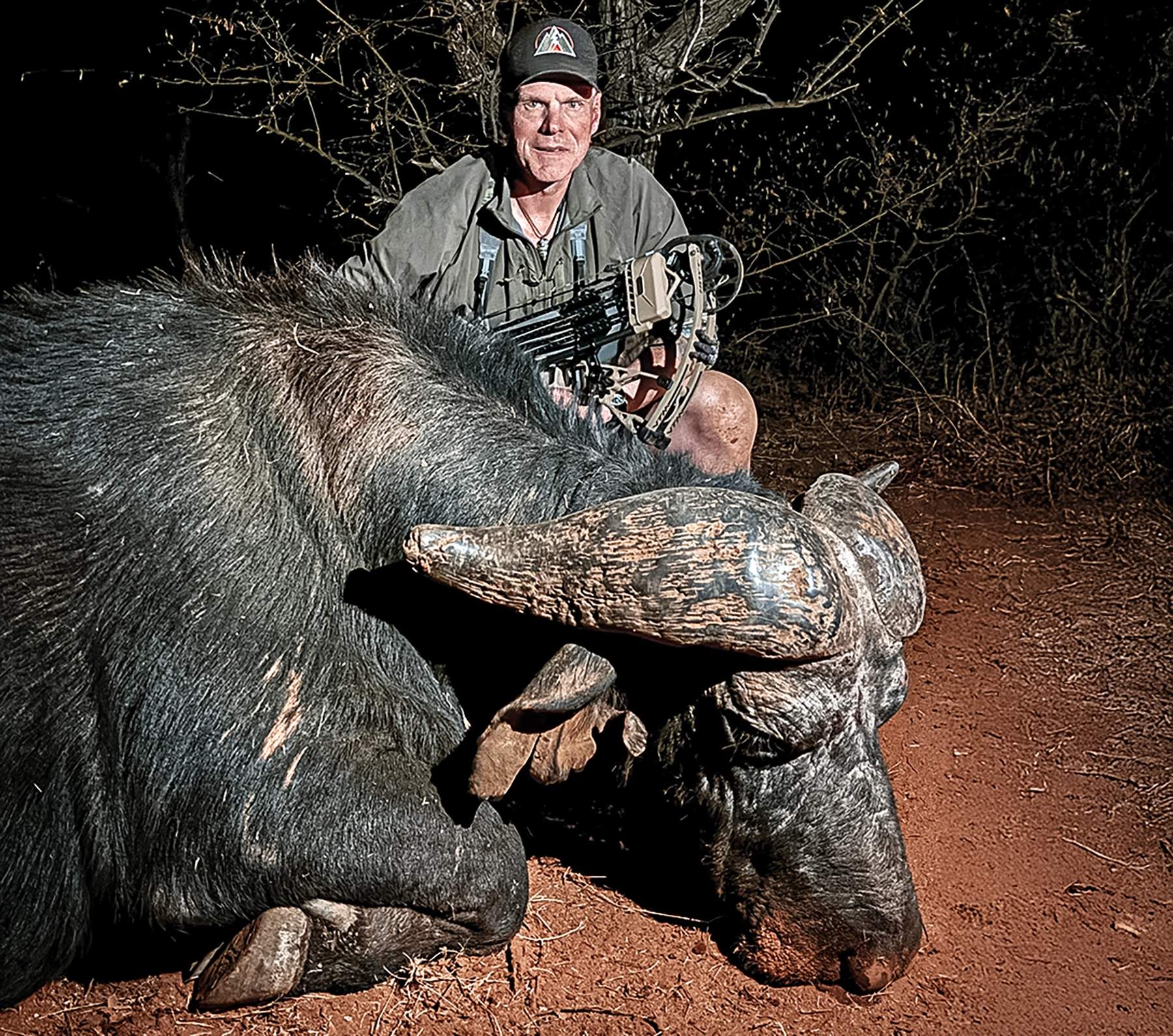
“It’s unrealistic to say you’re going to go out and kill a giant buck or bull your first year, maybe even your first decade. But if you’re patient with yourself and you want to learn, you train. Most people call part of the year the offseason, but if you look at this kind of as a lifestyle and a year-round pursuit, then success will start to happen.”
According to Barklow, success isn’t always measured by making a kill. It can be broken up into small steps as new hunters achieve a number of set goals.
“It could be, ‘I’m going to go out and be self-sufficient, clothe and feed myself for two to three days in the mountains and not even worry about the hunting aspect. I’m just going to go learn how to live.
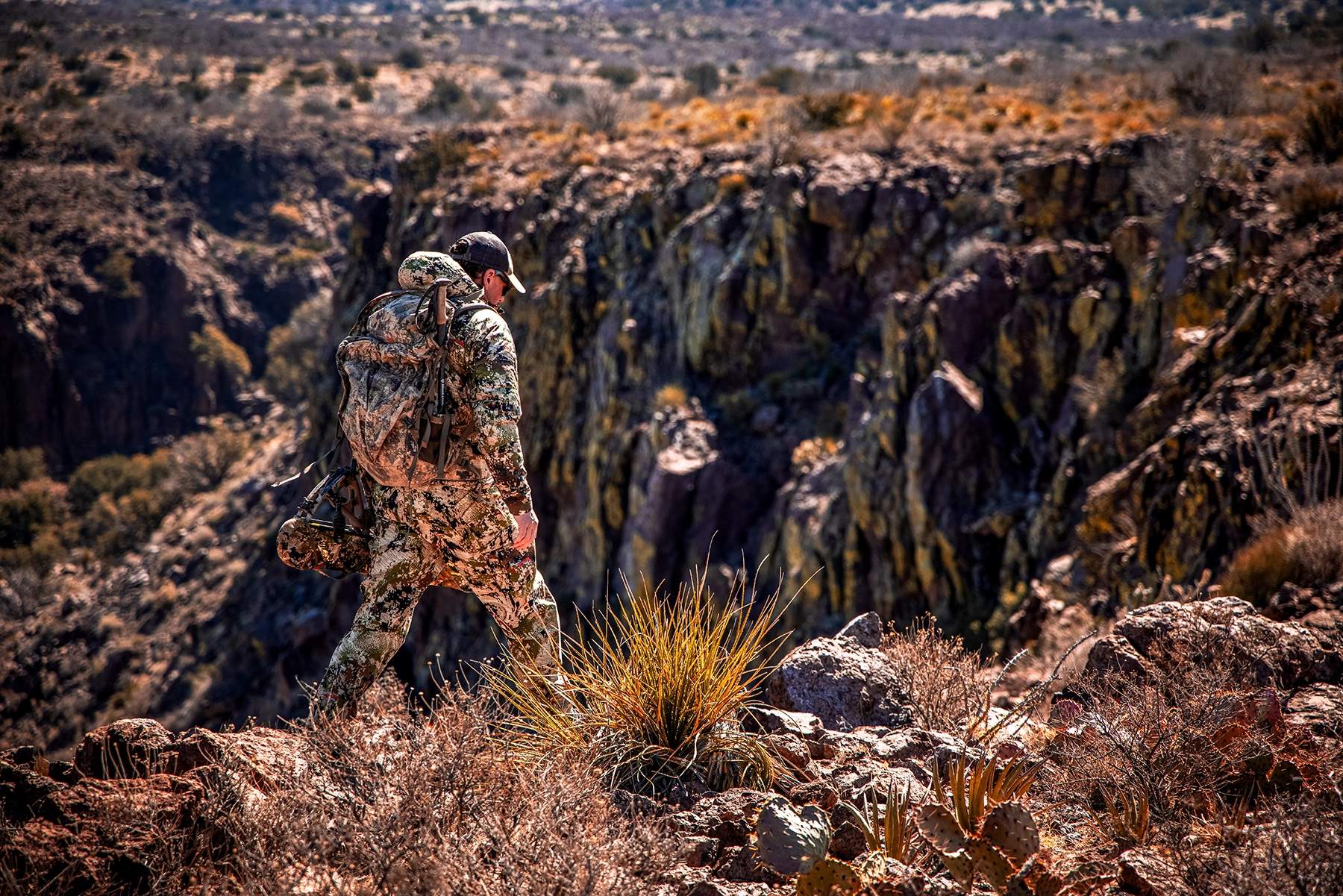
"Then, now that I know how to live, I’m going to go and learn land navigation. In the meantime, I’ll shoot my bow or rifle, and then eventually the whole thing is going to come together,’” he said. “But in the process of it, I’m having these grand adventures. The whole thing is the journey.”
To John Barklow, rushing the process is the biggest mistake new hunters tend to make. In doing so, he believes they miss the joy of the journey while never accomplishing their unrealistic goals.
“Some people get into hunting, and they want to go do the most difficult thing, which in North America is probably archery hunting bull elk on public land,” he said. “At a minimum, it’s master’s-level type hunting, and it’s super inspirational.
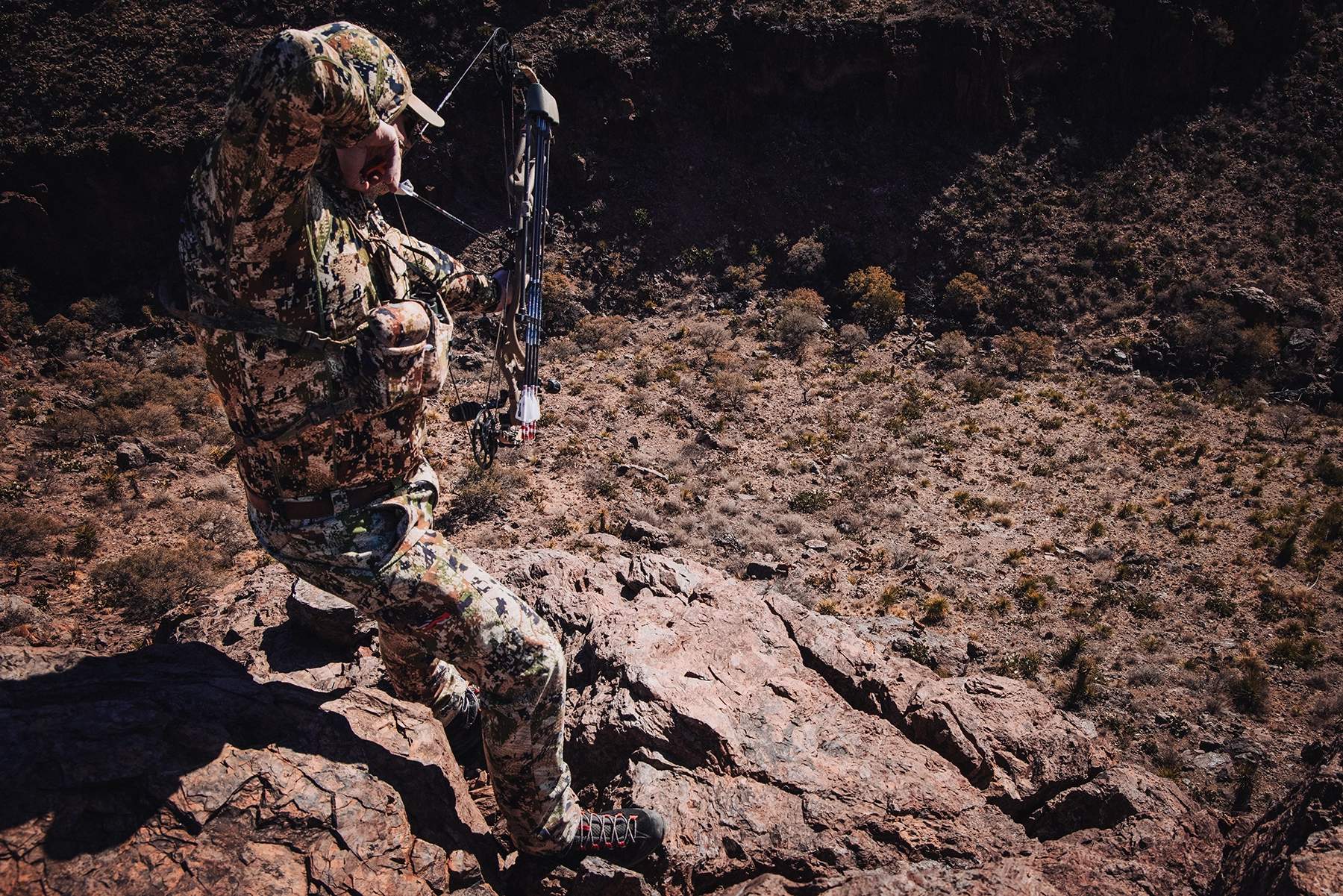
"But it is unrealistic to think that you can start on year one, day one, buy the gear, drive out to Colorado and think you’re going to be able to find success if you don’t even know how to go backpacking, if you don’t even know how to feed yourself, if you don’t know what altitude illness is.
“If you go three years in a row, get your ass kicked, don’t hear a bugle and see more people than anything else, you’re going to go back to playing golf.”
For More John Barklow Intel, be sure to check out:

